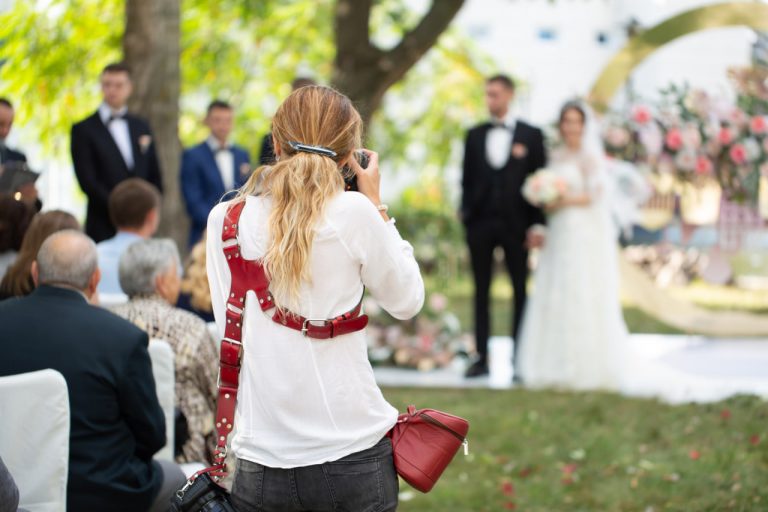For aspiring wedding photographers, a strong portfolio is the foundation of success. It is not just a collection of images but a visual representation of your skills, creativity, and ability to capture love stories. A well-curated portfolio communicates professionalism and gives potential clients confidence in your ability to document one of the most important days of their lives. For beginners, building this portfolio may feel challenging, but with strategy and creativity, it becomes an achievable and rewarding process.
Why a Portfolio Matters
A portfolio is often the first impression couples will have of your work. Unlike verbal promises or technical descriptions, photographs immediately show your style, skill, and perspective. Clients want reassurance that you can handle the fast-paced, unpredictable nature of weddings. A portfolio that balances technical proficiency with emotion demonstrates both artistry and reliability, convincing clients to trust you with their memories.
Starting with Practice Sessions
If you are just beginning, you may not have access to real weddings to photograph. Practice sessions are the perfect way to start. Ask friends or couples to pose in wedding attire or casual outfits and shoot in different settings. Simulating wedding moments such as exchanging vows, first dances, or candid interactions allows you to build images that resemble real events while sharpening your technical skills.
Second Shooting for Experience
One of the most effective ways to gain real wedding experience is by working as a second shooter for an established photographer. This role allows you to observe the workflow, learn how to manage a wedding timeline, and capture moments from alternative angles without the pressure of being the main photographer. Images from these experiences can often be included in your portfolio with permission, giving your collection more depth and authenticity.
Selecting the Right Images
When curating a portfolio, quality always outweighs quantity. A small set of outstanding photographs has far more impact than dozens of average ones. Select images that showcase your ability to capture candid emotions, elegant portraits, and important details. Variety is crucial—show different lighting conditions, perspectives, and compositions to demonstrate versatility. Each image should add value and contribute to the overall narrative of your portfolio.
Highlighting Storytelling
Wedding photography is not about isolated images but about telling a complete story. Your portfolio should reflect this narrative approach. Organize images to show the flow of a wedding day—from preparation and ceremony to reception and celebrations. Couples will see not only your technical abilities but also your sensitivity to capturing moments that matter most. A portfolio that feels like a story will resonate more deeply with potential clients.
Building an Online Presence
In today’s digital world, your portfolio must be accessible online. A professional website gives couples an easy way to view your work, learn about your services, and contact you directly. Keep the design clean and let the photographs speak for themselves. Including a blog can further demonstrate your expertise, showing behind-the-scenes stories, tips, and recent weddings you have captured. Social media platforms also play an important role in showcasing your portfolio to a wider audience.
Updating Consistently
A portfolio should evolve as your skills and style grow. Updating regularly ensures that your most recent and best work is always on display. Remove older images that no longer reflect your current quality or artistic vision. Couples want to see fresh examples that prove you are active and engaged in the industry. Consistency in updating also signals professionalism and dedication.




